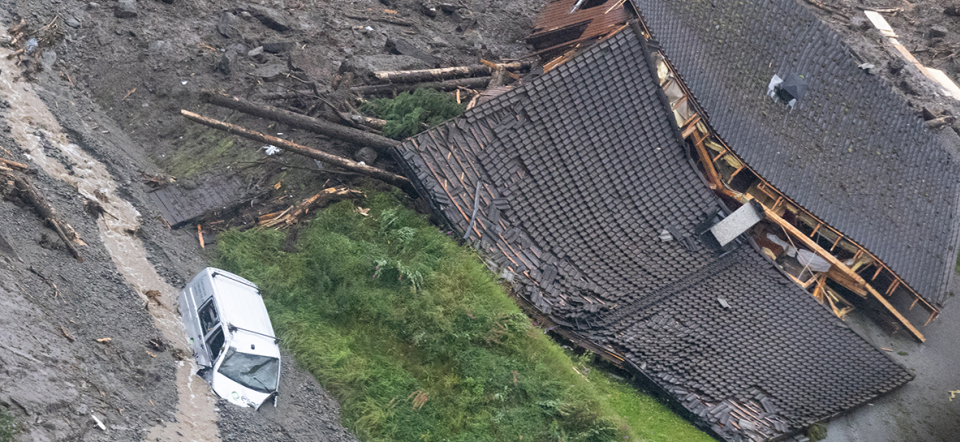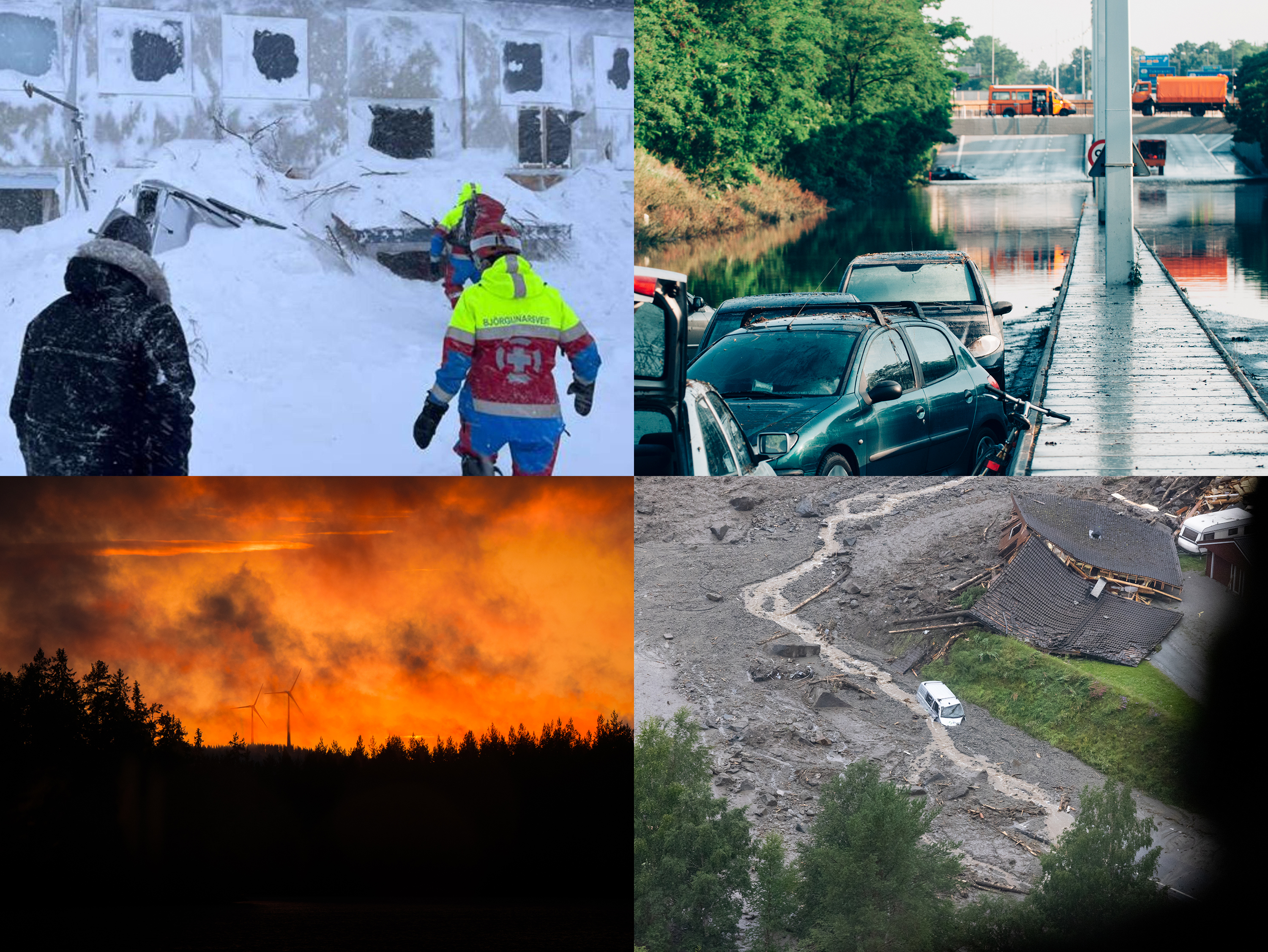Extreme weather and climate events such as droughts, floods and landslides are becoming more frequent. The United Nations Climate Panel states that this is mainly due to human activity. Continued global warming will exacerbate the trend.
Climate change will also be felt in the Nordics with heavier rains, floods, landslides, heat waves, forest fires and avalanches.
This means we need to adapt. We need to make sure that extreme weather events result in as little material damage as possible. That no people die or are injured. We need robust and smart infrastructure that can withstand more and minimise damage, as well as systems and organisations that can handle incidents effectively.
Such climate adaptation can be challenging in a Nordic region with large distances and a dispersed population. There are a number of small and remote communities that are far from larger emergency response organisations and must rely more on local efforts and resources.
In the research project Climate Change Resilience in Small Communities in the Nordic Countries (CliCNord), Nordic researchers have explored how to increase the capacity of small communities to face the consequences of climate change. In particular, they have focused on how to engage the skills and resources of residents and what opportunities there are to organise support and assistance from authorities, civil society organisations, politicians and the public in new ways.
Involvement promotes shared responsibility
Rico Kongsager is project leader for CliCNord. He believes it is crucial to involve citizens, civil society organisations and the private sector in crisis management:
‘These groups have different views and expertise that can lead to more comprehensive and effective solutions. For example, the private sector can provide critical resources and logistical support, while involving citizens ensures that the response is tailored to the actual needs and priorities of the affected communities. And civil society organisations often have innovative approaches and can quickly adapt to changing circumstances.’
Kongsager emphasises that shared responsibility has several positive effects:
‘Involving multiple stakeholders can create a sense of shared responsibility and collective action, which is essential for effective crisis management and recovery. By integrating these different actors, the crisis management structure becomes more robust, resilient and able to handle complex challenges.’

Clear recommendations
CliCNord researchers believe that research can provide concrete support to small, remote communities on how to prevent, prepare for, respond to and recover from climate-related events.
Between 2020 and 2024, the researchers studied eight different small communities in Denmark, the Faroe Islands, Iceland, Norway and Sweden. Data has been collected through visits to case areas, interviews with both residents and local authorities, and workshops with relevant stakeholders.
The researchers have provided concrete input on how small communities can best prepare for avalanches, storms, extreme temperatures, landslides, forest fires and floods.
Among other things, they recommend that small island communities in Denmark receive help and support to build stronger local preparedness. Most islands already have a fire brigade and their responsibilities could be expanded to include prevention and response to extreme weather events. The researchers also suggest that legislation on dike maintenance and construction on small islands should be simplified to make it easier to understand and follow.
Kongsager emphasises that working with local stakeholders across the Nordic region has provided several invaluable insights: ‘This has led to an improved understanding of local contexts. Working closely with local actors has deepened our understanding of the unique cultural, social and economic contexts in the Nordics, enabling more tailored and effective interventions. Local actors often bring innovative ideas and approaches that are well-suited to the specific challenges of their communities, enriching our overall strategy and impact. In addition, we have experienced a high level of community engagement in all case areas, with local actors emphasising the importance of community involvement in decision-making processes, ensuring that initiatives are more inclusive and reflect local needs.’
Read more:




